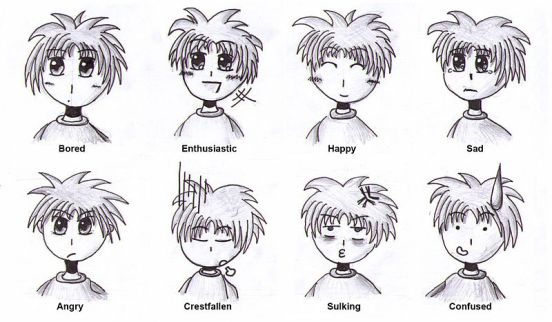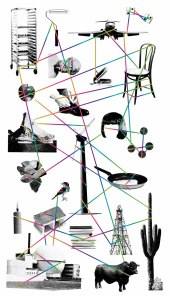 “ANS (Approximate Number Sense) is the ability of living beings to estimate with reasonable accuracy the differences in sizes of different groups. Fish, for example, demonstrate an ability to join the larger of two schools without having to count. Getting a computer to do the same has until now, never been done.
“ANS (Approximate Number Sense) is the ability of living beings to estimate with reasonable accuracy the differences in sizes of different groups. Fish, for example, demonstrate an ability to join the larger of two schools without having to count. Getting a computer to do the same has until now, never been done.
To get their AI network to develop ANS, the researchers used a neural network that ‘learns’ to recognize images and to respond based on what it’s seen. The system used mimics the biological processes of the eyes and brain, where one layer artificially recreates the retina with neurons that fire when exposed to pixels in an image and another that attempts to recreate some of the functions associated with brain processing.” (Bob Yirka, Physorg)








